With the main portion of approvals due to start for TAMS II applications, farmers should be aware of the minimum specifications required by the Department for work carried out through the scheme. If materials are purchased that do not meet Department of Agriculture specifications, then grant aid will not be paid.
According to the Department, concrete slats must be produced in accordance with IS EN 12737: 2004 + A1:2007, and all slats must be CE marked and produced in a plant certified by a notified body (eg NSAI or equivalent), to produce slats to IS EN 12737:2004.
In addition, all concrete slats must be load-tested and on the accepted concrete slat list. This list is available on the farm buildings section of the Department’s website. A certificate of slat manufacture from a supplier approved by the Department must be submitted. When laid, slats must comply with the following requirements:
Be free from any cracks, honeycombing and chipping of the top corners. Have a full bearing of at least 150mm at points of support. The finished slat floor must be level and be capable of being replaced with minimum disturbance. Where it is possible that machinery may have to travel over slats, then the slats installed must be designed as heavy-duty slats. Where possible, slats should not be located along the travelling routes of machinery.
The Department says that slats must not be cut on site for any reason. If shorter or narrower slats are required, they must be purchased at the required dimensions from the manufacturer and must be listed on the accepted concrete slat list.
New innovations in slats
The Irish Farmers Journal visited a new slatted shed under construction in the midlands. The tank is very large, approximately 190ft long, 32ft wide and 8ft deep. Corbett Concrete Products Ltd produced the slats used for the tank which are made to Department specifications. One new initiative in these slats is the slurry extraction pipe connection used in the end gang slats designed in conjunction with Tom Ryan, Teagasc farm buildings specialist. This system is based on the pipe connection used in slurry aeration systems for agitating. There is a connection on the pipe that allows the farmer or contractor to hook their slurry tanker to the pipe without having to open the manhole cover. This is a positive in terms of safety because it takes more of the risk out of slurry extraction.
Corbett claims that its slats are very efficient in terms of the removal of dung from the slat surface to the slurry tank below. Figure 1 shows the design of the T-profile slat, which widens from the top down, reducing the chances of dung clogging up the slats.
The Dairy Grip slat, which is a patented Corbett product, is also becoming more popular method of preventing animals slipping on slatted surfaces. It consists of a series of residue-drained grooves in the slat surface that Corbett claims increase the grip of the slatted area.
Read more
To read the full Farm buildings focus, click here.
With the main portion of approvals due to start for TAMS II applications, farmers should be aware of the minimum specifications required by the Department for work carried out through the scheme. If materials are purchased that do not meet Department of Agriculture specifications, then grant aid will not be paid.
According to the Department, concrete slats must be produced in accordance with IS EN 12737: 2004 + A1:2007, and all slats must be CE marked and produced in a plant certified by a notified body (eg NSAI or equivalent), to produce slats to IS EN 12737:2004.
In addition, all concrete slats must be load-tested and on the accepted concrete slat list. This list is available on the farm buildings section of the Department’s website. A certificate of slat manufacture from a supplier approved by the Department must be submitted. When laid, slats must comply with the following requirements:
Be free from any cracks, honeycombing and chipping of the top corners. Have a full bearing of at least 150mm at points of support. The finished slat floor must be level and be capable of being replaced with minimum disturbance. Where it is possible that machinery may have to travel over slats, then the slats installed must be designed as heavy-duty slats. Where possible, slats should not be located along the travelling routes of machinery.
The Department says that slats must not be cut on site for any reason. If shorter or narrower slats are required, they must be purchased at the required dimensions from the manufacturer and must be listed on the accepted concrete slat list.
New innovations in slats
The Irish Farmers Journal visited a new slatted shed under construction in the midlands. The tank is very large, approximately 190ft long, 32ft wide and 8ft deep. Corbett Concrete Products Ltd produced the slats used for the tank which are made to Department specifications. One new initiative in these slats is the slurry extraction pipe connection used in the end gang slats designed in conjunction with Tom Ryan, Teagasc farm buildings specialist. This system is based on the pipe connection used in slurry aeration systems for agitating. There is a connection on the pipe that allows the farmer or contractor to hook their slurry tanker to the pipe without having to open the manhole cover. This is a positive in terms of safety because it takes more of the risk out of slurry extraction.
Corbett claims that its slats are very efficient in terms of the removal of dung from the slat surface to the slurry tank below. Figure 1 shows the design of the T-profile slat, which widens from the top down, reducing the chances of dung clogging up the slats.
The Dairy Grip slat, which is a patented Corbett product, is also becoming more popular method of preventing animals slipping on slatted surfaces. It consists of a series of residue-drained grooves in the slat surface that Corbett claims increase the grip of the slatted area.
Read more
To read the full Farm buildings focus, click here.








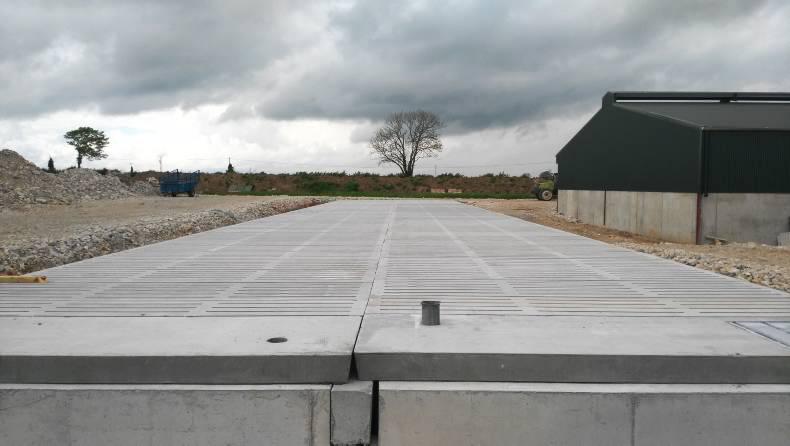
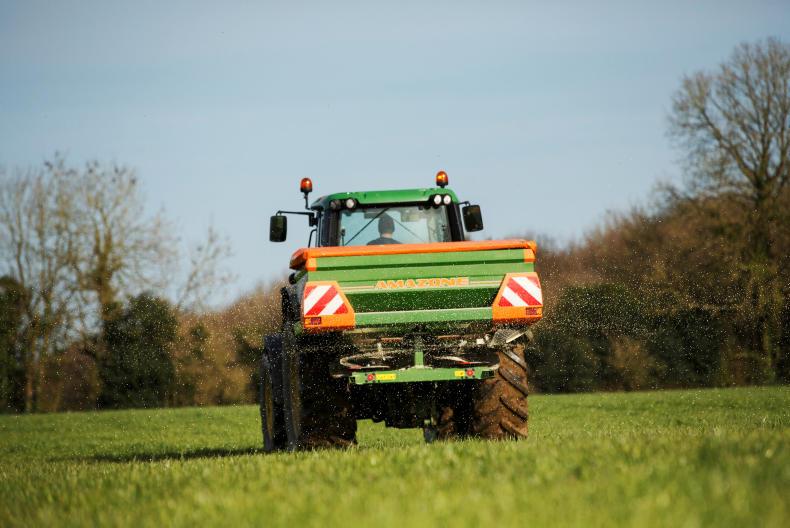

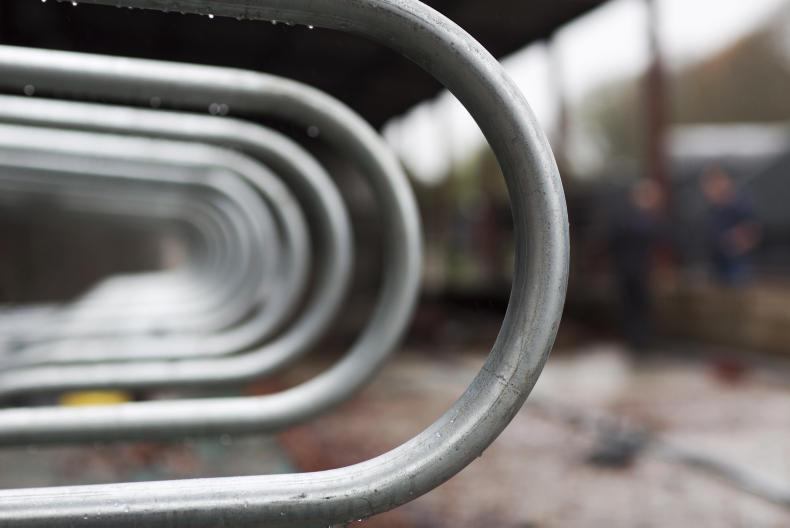
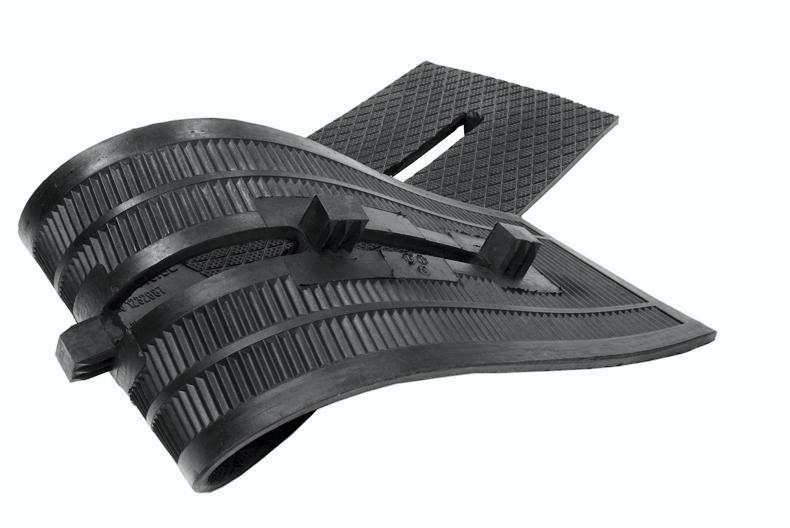
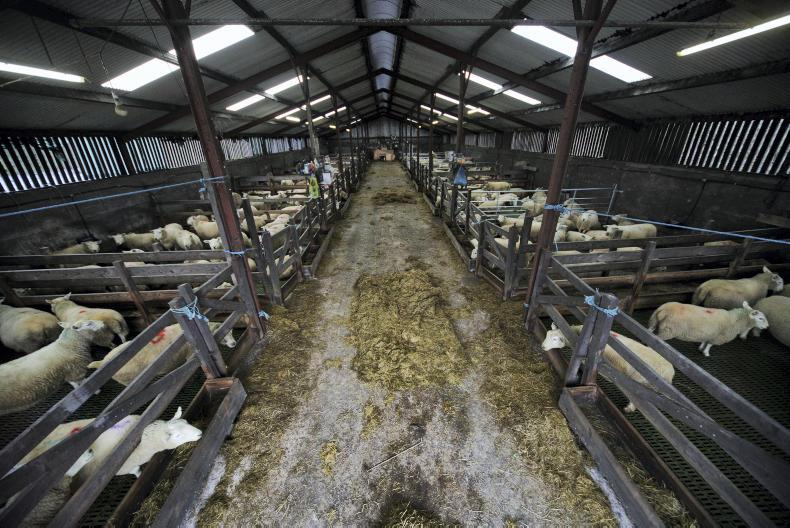
SHARING OPTIONS